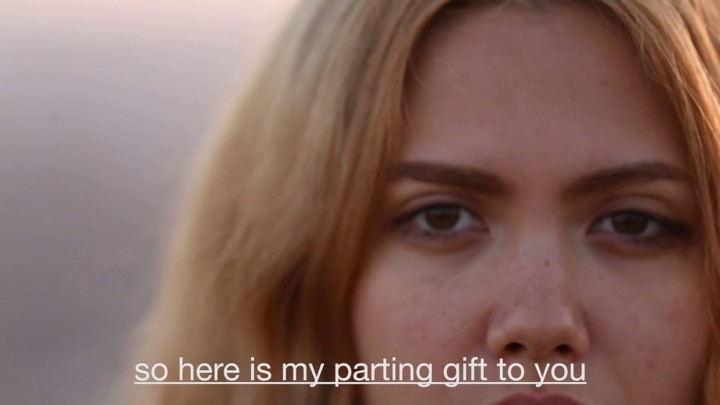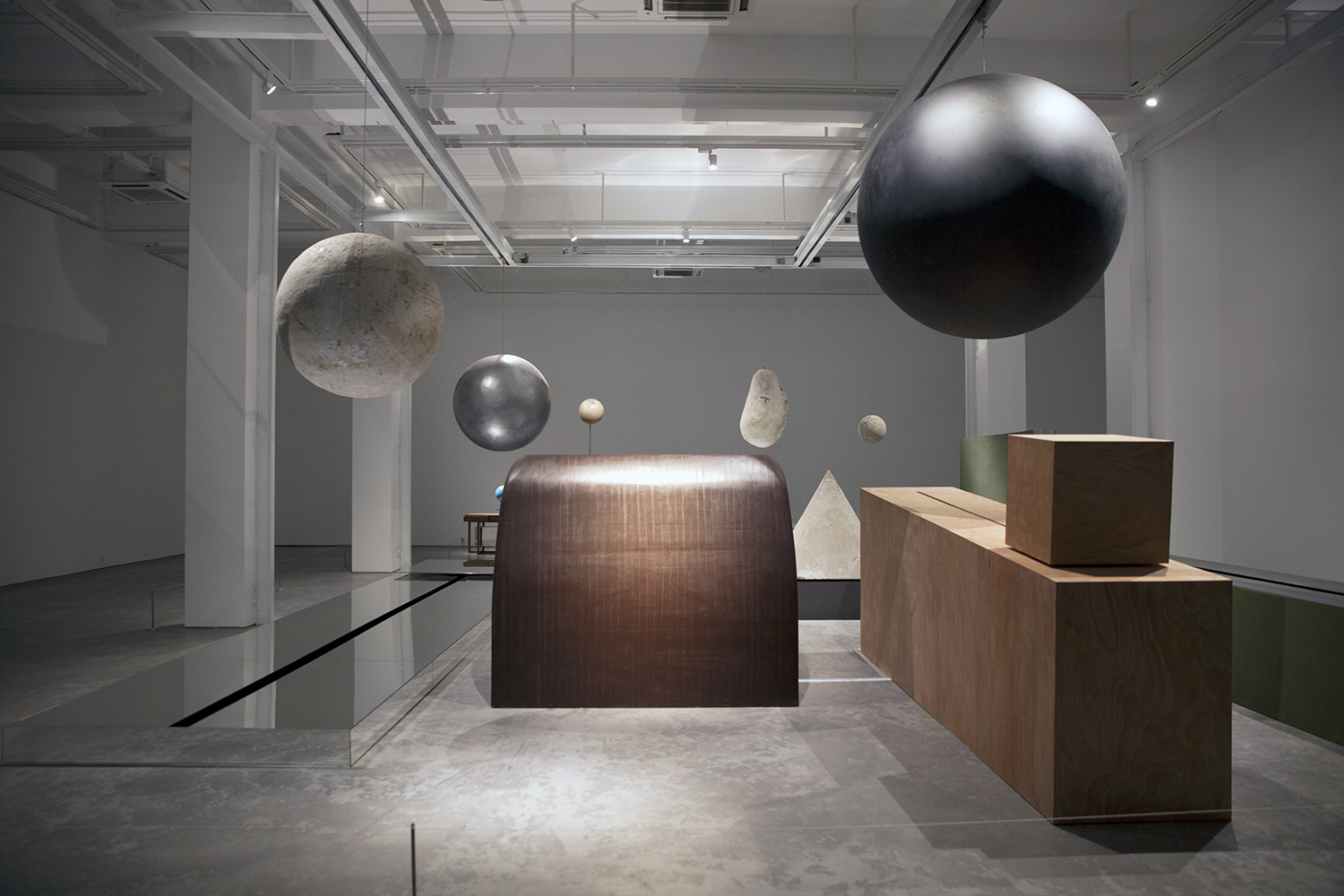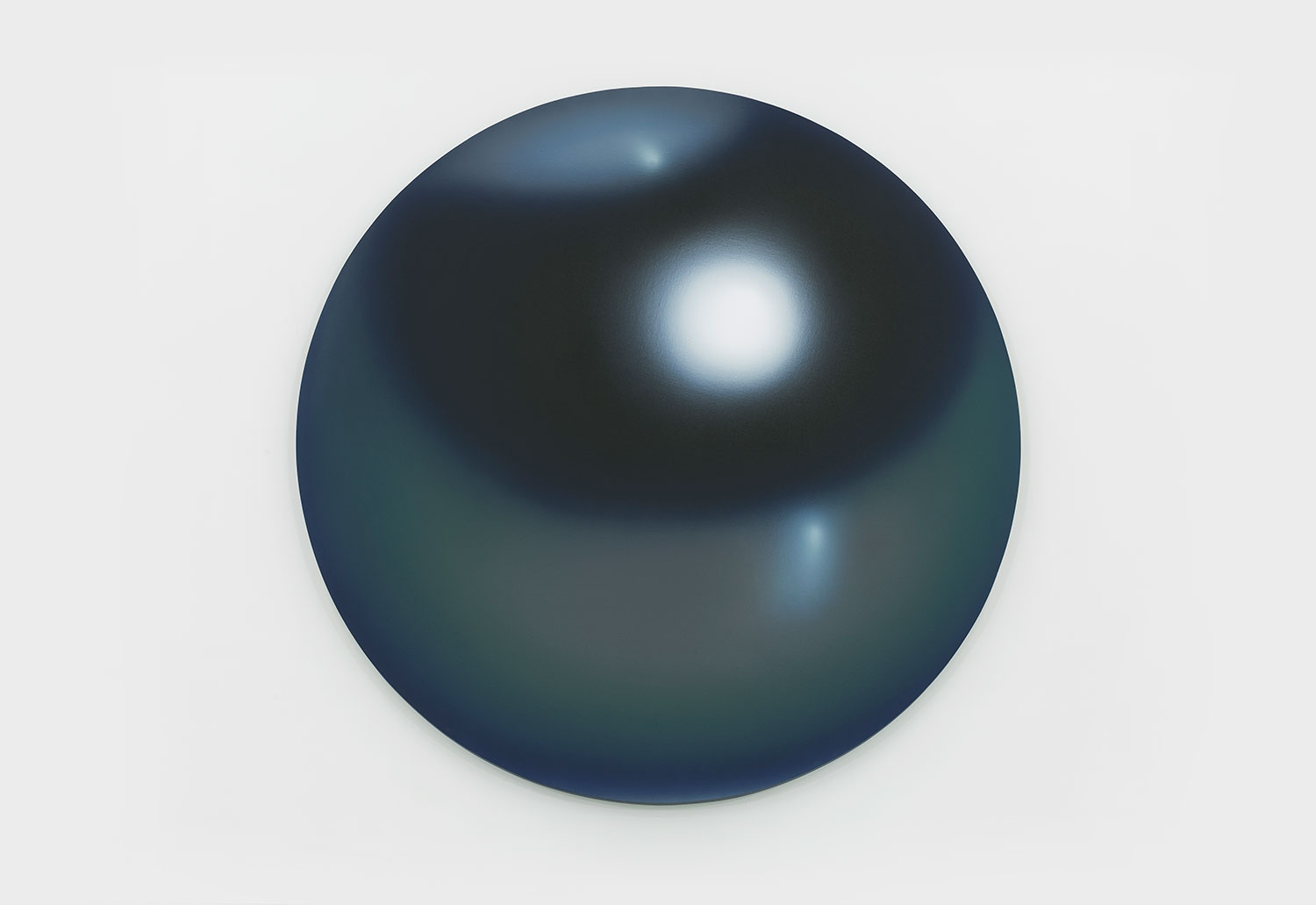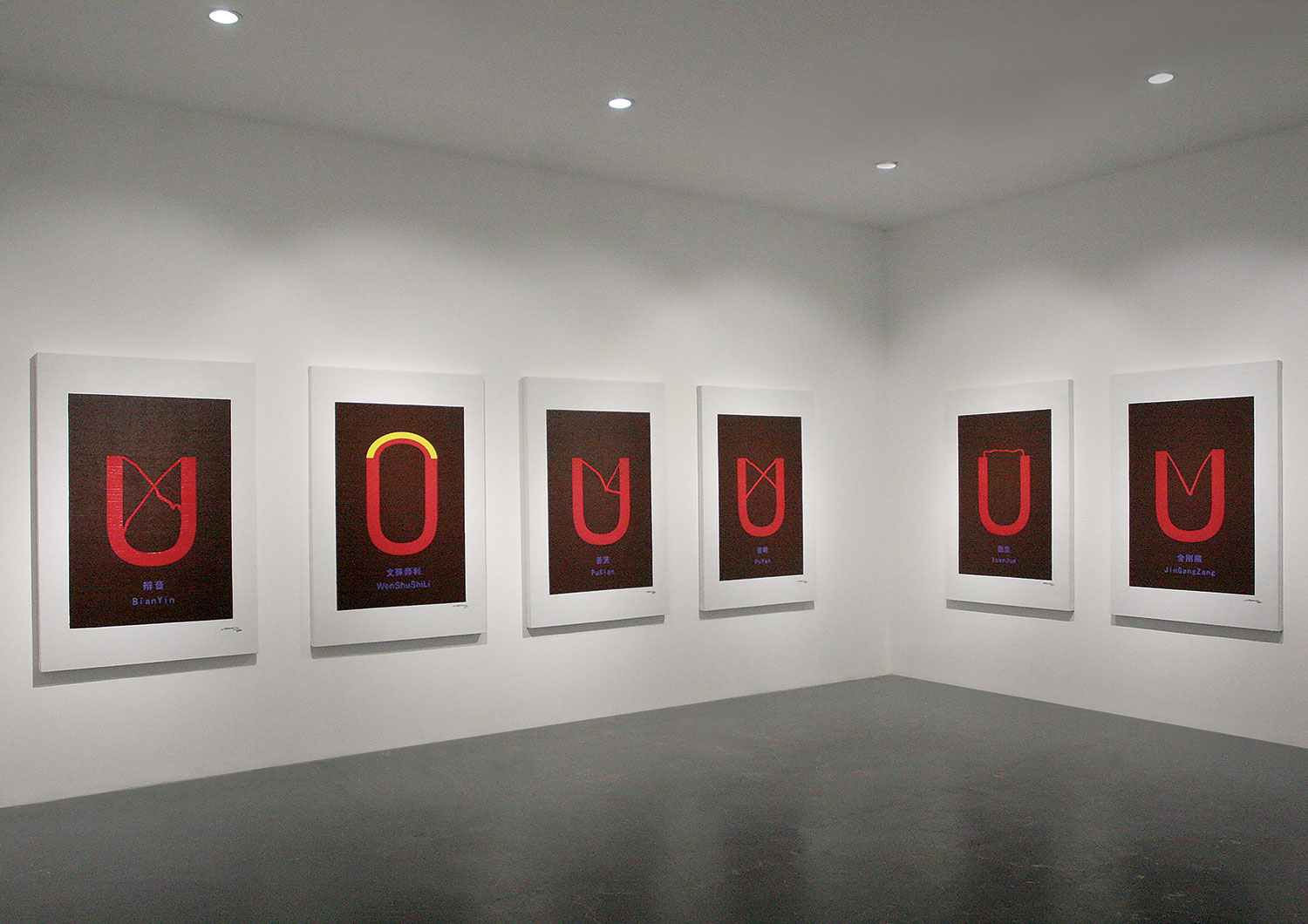Korakrit Arunanondchai’s first exhibition in Asia, titled “2558” (that is, the year 2015 according to the Buddhist calendar), occupies two major gallery spaces at the Ullens Center for Contemporary Art (UCCA).
In one, he has constructed an immersive, cyber-jungle environment in which artworks also function as a means of spatial separation and diversification: signature “denim paintings” comprised of collaged denim with paint applied by physically rolling on the surface; prints of various images found on internet; videos; personal photographs; screenshots from Instagram; quotes from his previous video works on the wall and on overhead banners; mannequins wearing various garments; drones; and even a tank with a beautiful fish in it. Evidently, the artist intends his work to be overwhelming, arbitrary, massive, disorienting.
The other half of the exhibition, far more ordered but no less varied, is a collection of four video works, considered the core of the artist’s practice. The videos combine documentation of the life of the artist, including his family and his friends (frequently appearing are his grandfather, who was an ambassador and is now suffering from memory loss), with pop culture — a performance by a Thai band, footage from Thai TV news and the program “Thailand’s Got Talent” — as well as Korakrit’s own performances and narrations. Significantly, the room is filled with comfortable cushions made by the artist — apparently everyone’s favorite part of the exhibition.
Arunanondchai’s version of Gesamtkunstwerk is not always received positively. Internationally, critics describe his aesthetic and appropriation of pop culture as mere novelty and even his sincerity is, to some, questionable. Nevertheless, this orchestration of numerous contemporary cultural and mythological motifs — Garuda and Naga, for instance — is as meticulous and fascinating as it is difficult to meaningfully decode.




